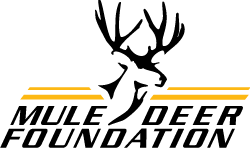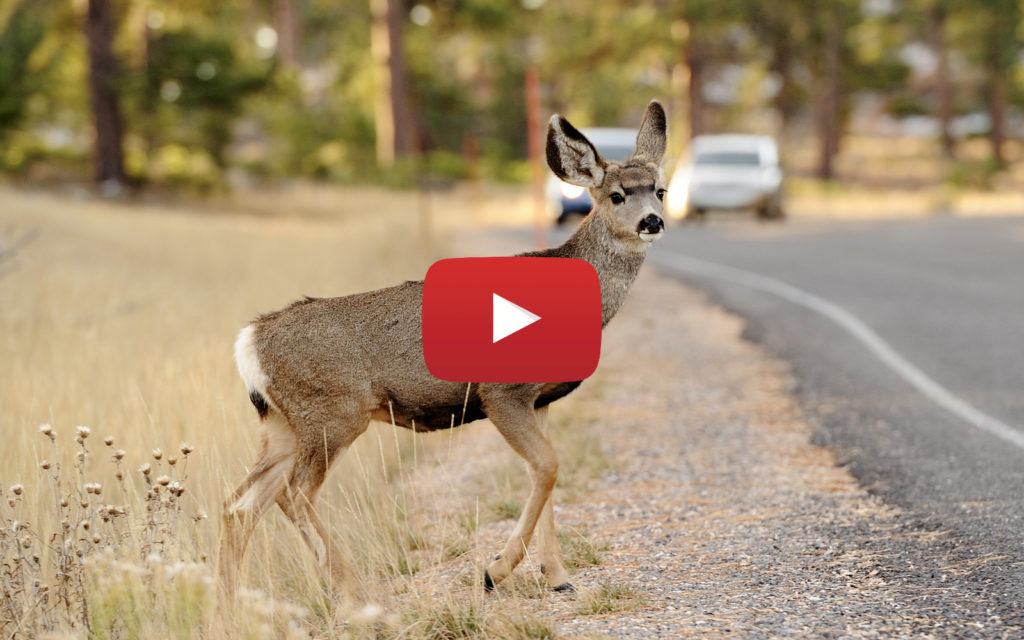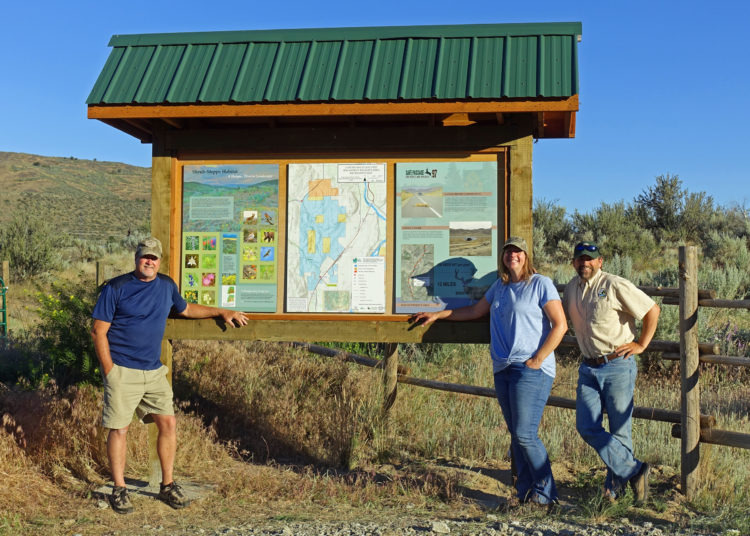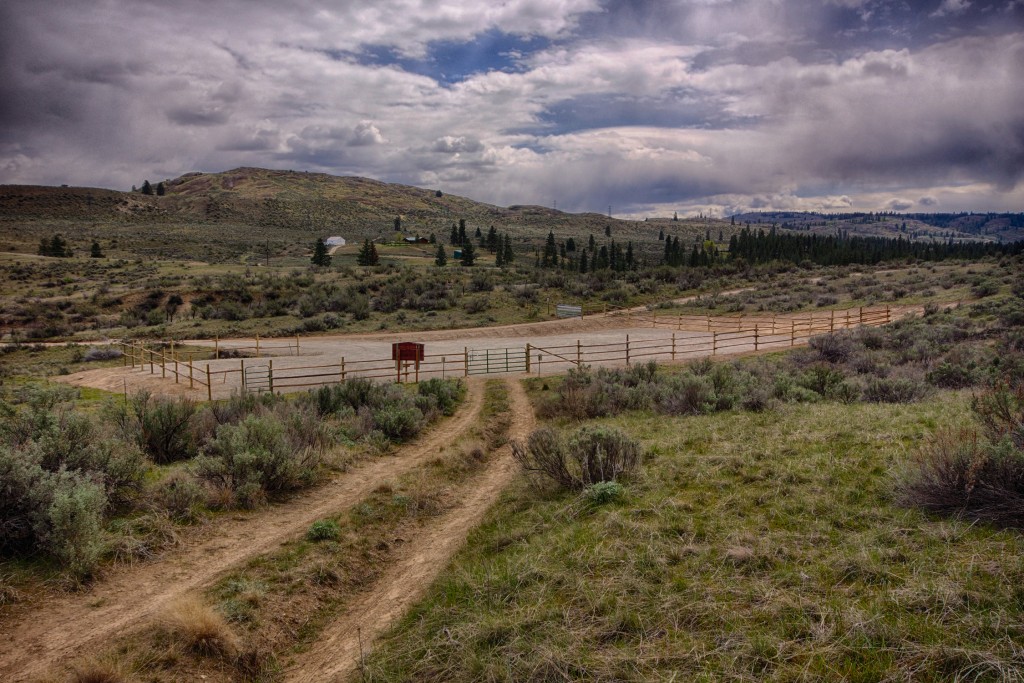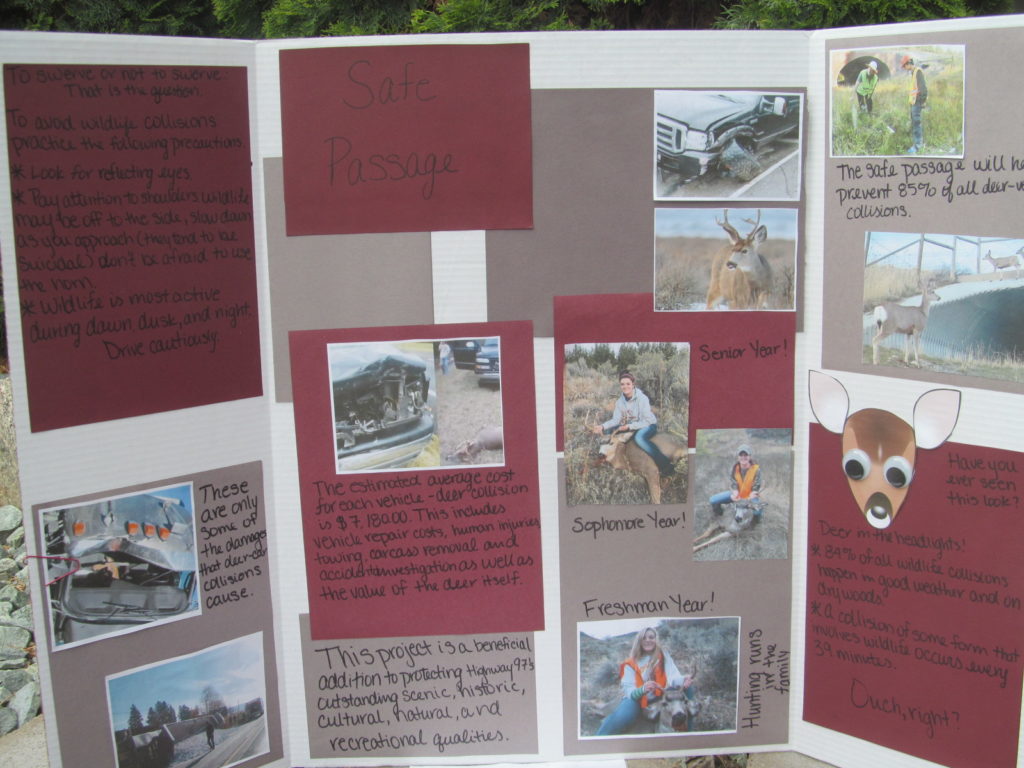An Earthfix story on KUOW ran on November 9, 2018
by Courntey Flatt
Link to the full story, and text from the story below.
The first time Chris Branch hit a deer, he thought, “Well, here it is.”
He knew the road he was driving in north central Washington well.
Branch drove Highway 97 every weekday from his home in Omak to work in
Oroville, often at late at night or early in the morning — when deer are
also on the move.
“I never saw it,” he said — until his front bumper rammed the deer. His Subaru was totaled.
He slammed on his brakes two other times for deer, skidding into
collisions but not damaging the car too badly. He’s seen countless other
deer, on the edge of the road and darting in front of vehicles.
This 12-mile stretch of central Washington’s main north-south route is one of the state’s most dangerous corridors for wildlife collisions. More than 350 deer are hit each year.
“Sooner or later it’s going to happen,” Branch said. “As much as
you try to see their eyes glow in the dark, and things like that. … If
you’re traveling and you’re thinking about something else, it only takes
a split second.”
Now, Branch is working with the area’s Mule Deer Foundation, which
was formed specifically to address wrecks with wildlife, and other
conservation groups to fix the problem.
The best solution they’ve found: constructing wildlife underpasses.
Jay Kehne has worked with Conservation Northwest for 10 years to get
these underpasses built in strategic areas along this part of Highway
97.
“Underpasses and overpasses and crossing structures are dotted all
over the West, particularly where there’s a migration pattern of
antelope or deer or elk,” Kehne said. “So it’s not a new technology, but
it’s very effective.”
These types of wildlife undercrossings have proven to work well in places such as Banff, Canada; Pinedale, Wyoming; and Bend, Oregon.
Kehne estimates the first part of this project in north central
Washington — covering about 4 miles — could reduce collisions by 50
percent over the worst stretch of highway. Completing the entire project
could nearly end vehicle-wildlife crashes.
“So it just solves it,” Kehne said. “It can be expensive. But it’s
about $1 million a mile to fix it, while we’re spending about $2 million
a year now just with fixing cars and hospital bills and all that.”
The groups have raised $300,000 for the first phase of the Highway 97
project and are hoping lawmakers will add it to a line item budget this
upcoming session.
Other dangerous sections of highway in Washington include Highway 97
near Goldendale, most traffic corridors on Whidbey Island and several
routes near Spokane.
Biologists with the Colville Tribe call the project a “no-brainer.” Many tribal members hunt deer for subsistence food. Seeing meat wasted on the roadways is unfortunate.
Eric Krausz, a biologist with the tribe, says losing more than 350 animals per year adds up.
“How many of those are females? How many of those were bred and would
have had offspring? It doesn’t take long to do the math. That’s a
substantial number of animals that we’re essentially eliminated from the
landscape over time,” Krausz said.
In Washington, people are now legally able to collect roadkill for
food. Over the two years the law has been in effect, around 3,500 deer
or elk hit by cars have been collected, Kehne said.
In Oregon, the state’s Department of Fish and Wildlife is making
salvage permits available no later than Jan. 1, 2019, but it is still
illegal to collect roadkill until the Fish and Wildlife Commission
adopts elk and deer salvage rules.
Oregon has also seen a substantial reduction in wildlife collisions near Bend, after two underpasses were built to help connect important mule deer habitat. The highway cuts off summer ranges in the Cascades from winter ranges in the desert.
“There isn’t really the option to try to keep the deer on one side of
the highway or the other. They have this biological imperative that
drives them from one side of the highway to the other, twice a year,”
said ODFW’s Simon Wray in a video produced by the state.
After the underpasses were completed, collisions were reduced by up
to 90 percent on that section U.S. Highway 97. Trail cameras have shown
lots of deer using the fenced-in route — they’ve also captured a bear,
coyotes, elk and small animals like badgers.
The Oregon Department of Transportation has plans in the works for
two more wildlife underpasses along the highway. Construction on one is
scheduled to start next year.
One of the largest wildlife crossing projects in the Northwest is being built near Washington’s Snoqualmie Pass, about 47 miles east of Seattle.
The completed span of 27 wildlife crossing
structures will cover 15 miles and will cost $910 million. The most
recently completed section, including a tall wildlife overcrossing, was
paid for by the state’s gas tax.
Drivers may have noticed a bridge that seems to lead to nowhere
across Interstate 90. For people, that’s true. But for wildlife, this
bridge is connecting the northern and southern Cascades — an important
migration route for deer and elk, said Jen Watkins with Conservation
Northwest.
She walked around the bridge, just before construction finished up.
“We’re standing in the middle of the Cascades, where there’s a
bottleneck of habitat. We’re standing on top of six lanes of freeway
that carry 28,000 vehicles a day. Wildlife have got to cross this
freeway,” Watkins said, looking out over the cars zooming by below.
The crossing is taller than your average bridge. Once it’s completed, it will have 8-foot fences that will funnel wildlife to where they should cross. The bridge will be covered in rocks and native plants. That way wildlife won’t even realize they’ve left the safety of the forest.
Even without all that camouflage, workers saw deer using the bridge
almost immediately — while construction crews were still pushing
equipment around.
As wildlife undercrossings were completed as a first part of the
project in 2014, more than 13,000 deer and hundreds of coyotes have
safely reached the other side of the road, said Meagan Lott, with the
Washington Department of Transportation. She said culverts in the
undercrossings have helped salmon and bull trout reach stretches of
river cut off to them for decades.
Watkins expects the new bridge will eventually be used by more than 60,000 species.
“From frogs and salamanders, who are going to take quite a while to cross, to mountain lions and bears and wolverines. We’re rebuilding a forest over the interstate,” Watkins said.
Conservationists say it’s important to get these fixes in places now —
before suburban sprawl reaches into wilder areas and makes it even
harder for wildlife to get around.
It could also help with wolf recovery. To meet recovery goals, wolves
need a way to get across the Cascades. Chase Gunnell, with Conservation
Northwest, said this bridge could help.
“Wildlife can’t persist in large numbers and in perpetuity in islands
of habitat. It’s really knitting together smaller habits, reconnecting
landscapes, to allow animals to move in and utilize smaller areas of
habitat,” he said. [Copyright 2018 EarthFix]
Tags: Uncategorized | Add Comment »
